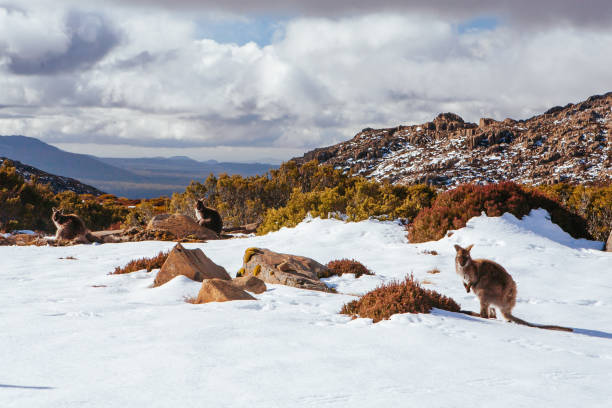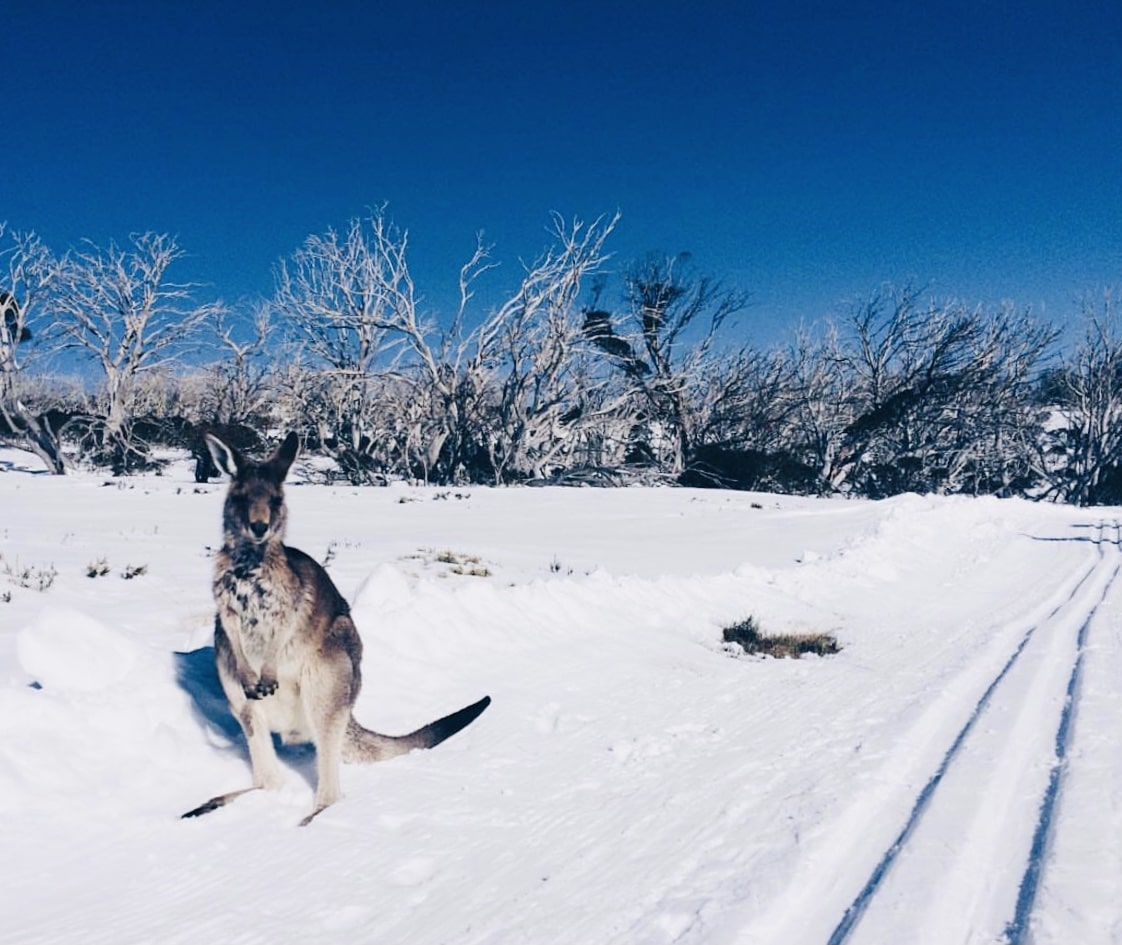Learn the Perfect Seasons of Year to Witness Snow In Australia Firsthand
Learn the Perfect Seasons of Year to Witness Snow In Australia Firsthand
Blog Article
Discover the Interesting Effects of Snow in Australia on Local Ecosystems
In spite of its reputation for sun-soaked landscapes, Australia likewise flaunts regions blanketed by snow-- a phenomenon that exceptionally influences the country's distinct ecological communities. The insulating properties of snowflakes secure vegetation and animals amidst the chilliest winters months, while the melting snow supports rivers and water life.
The Unanticipated Areas of Snowfall in Australia
Although Australia is typically associated with sun-scorched landscapes and sandy coastlines, particular regions surprisingly experience snowfall. The high nation regions of New South Wales, Victoria, and Tasmania are specifically understood for their wintertime snow. The Snowy Mountains in NSW, for example, obtain abundant seasonal snow, providing a plain comparison to the nation's typical warm, arid climate. The Victorian Alps and parts of Tasmania additionally see yearly snowfalls, transforming the landscape into a wintertime paradise. These areas are not just anomalies however important components of Australia's varied climate system. The existence of snow in these areas dramatically affects local ecosystems, subsequently impacting the country's one-of-a-kind biodiversity. The certain influence on Australia's distinctive plants will be reviewed in the following area.

Exactly How Snow Impacts Australia's Special Vegetation
These plants have actually progressed to make it through in extreme conditions, with snow serving as a protective covering from freezing temperatures and harsh winds. The snow also adds to the dampness content of the dirt, supplying necessary hydration for plant life during the completely dry summer season months. In essence, the snow influences the timing of blooming and seed dispersal, the growth prices, and the survival of numerous plant species, showcasing the intricate interaction between environment and vegetation in Australia.

The Adaptations of Australian Animal to Snowfall
Equally as Australia's vegetation has actually adjusted to the wintery problems, the local fauna also, display exceptional adaptations to the snowfall. Types like the Mountain Pygmy-possum, the only Australian marsupial recognized to hibernate, have evolved strategies to survive in snowy settings. It utilizes the snow as insulation, hibernating in rock gaps under the snow to stay Get More Information warm. The Snow Skink, a species of reptile, alters its colour to white throughout winter season, giving camouflage versus predators. Birds such as the Snowy Mountains' Crimson Rosella also readjust their diets to eat readily available food resources during chillier durations. Thus, despite the rough conditions, Australian animals shows a flexible and resilient nature, guaranteeing their survival in areas experiencing snowfall.
The Function of Snow in Shaping Regional Communities
In shaping the regional communities, the function of snow in Australia is both multilayered and profound. Snow supplies a vital water resource, feeding rivers and storage tanks as it thaws, hence supporting a range of water life forms. The presence of snow shapes the vegetation patterns, animal actions, and total sustainability of Australia's special environments.

The Future of Snowfall in Australia: Ramifications and predictions

Given the vital duty snow plays fit local environments, the future of snowfall in Australia is attracting increasing interest from conservationists and scientists. Existing climate models forecast a significant decrease in snowfall because of worldwide warming, with potentially extensive influence on neighborhood communities. Less snow can cause reduced water availability in alpine regions, negatively impacting wildlife habitats and plant life. look at here now Additionally, it can modify the timing of seasonal changes, interrupting the life cycles of many indigenous varieties. The tourist industry, heavily dependent on the winter season snow period, might also face significant obstacles. Understanding these predictions and their ramifications is essential to develop reliable preservation strategies, ensuring the conservation of Australia's distinct biodiversity and the sustainability of its economic climate.
Verdict
The role of snow in Australia's ecological communities is critical yet usually overlooked. It serves as a guard, a nurturer, and a shaper of diverse alpine types, adding to the splendor of Australia's high country. As climatic patterns continue to change, comprehending the effects and possible changes of these snow-influenced ecosystems is essential. Thus, the snow in Australia is greater than a natural spectacle; it's a vital player in the nation's ecological story.
In spite of its track record for sun-soaked landscapes, Australia also flaunts areas blanketed by snow-- a phenomenon that greatly affects the nation's special communities. It uses the snow as insulation, hibernating in rock gaps underneath the snow to stay cozy - Snow In Australia.In forming the local ecosystems, the role of snow in Australia is both extensive and multilayered. The visibility of snow shapes the plant life patterns, pet behavior, and overall sustainability of Australia's one-of-a-kind communities
Offered the critical role my latest blog post snow plays in shaping regional ecosystems, the future of snowfall in Australia is attracting enhancing focus from environmentalists and researchers.
Report this page